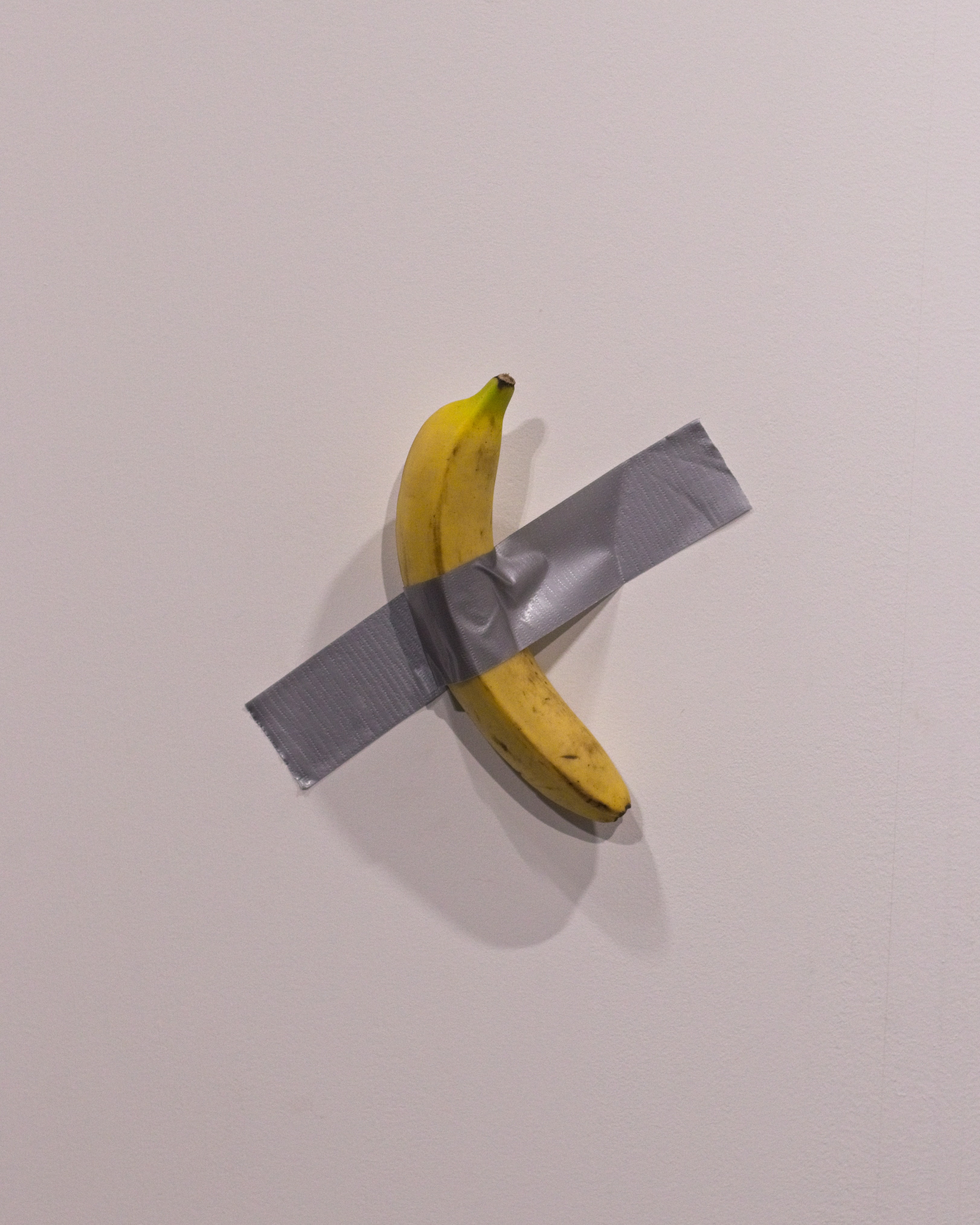Carrying capacity
Let's start with the last possibility: there are only a limited number of resources (rotten bananas and such) in the environment, which induces a carrying capacity .

Here's how a carrying capacity works. Let's say that 1 banana can support 100 flies, and in my house I have exactly one banana. If there are :
2 flies (very small population) : everybody gets lots to eat, and achieves their full reproductive potential. But since we only started with a couple of flies, the population doesn't grow too much.
50 flies (well below carrying capacity) : each fly gets plenty to eat. There are a good number of flies, and they reproduce like crazy. The population starts to take off.
90 flies (almost at carrying capacity) : everybody gets just a little more than they need to eat. The population grows, but only a little.
100 flies (carrying capacity) : each fly gets exactly enough to eat to be able to reproduce itself, so that next month there will be exactly the same number of flies.
110 flies (just above carrying capacity) : each fly get a little less than it needs. On average the reproductive rate goes below replacement, and the population declines.
200 flies (way above carrying capacity) : each fly is grossly underfed, spindly, and malnourished, and can barely get up the energy to -- never mind. The population crashes. Only a few survivors, if any, are left to pick up the pieces.
Copyright University of Maryland, 2007
You may link to this site for educational purposes.
Please do not copy without permission
requests/questions/feedback email: mathbench@umd.edu